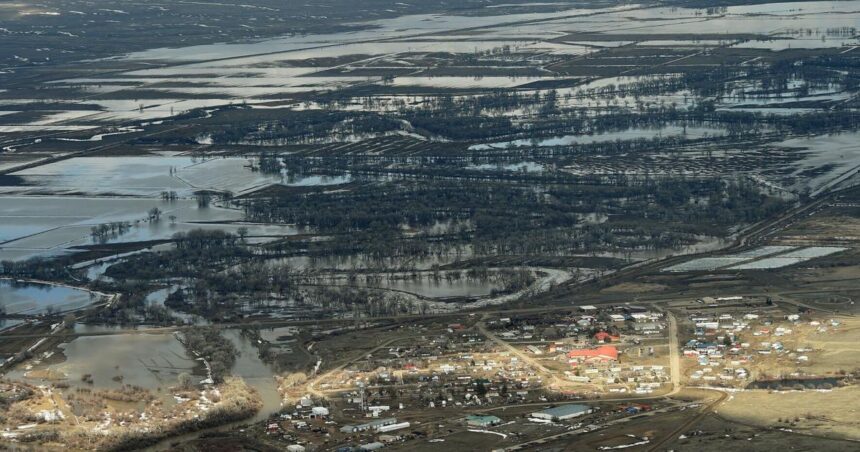A grid providing thousands of Montanans with water is undergoing a massive inspection on the part of state and federal officials following a contamination.
Montana Fish, Wildlife and Parks along with the Department of Natural Resources and Conservation are looking to purchase 4,505 acres of property on the Milk River, 42 miles northwest of Havre, part of which would be leased to the current owners by DNRC and part would be utilized as a wildlife management area by FWP.
For nearly a month, residents of Havre have been advised to boil their water in the wake of three confirmed cases of giardiasis earlier this year. Although experts have yet to find the source of the disease, which is linked to ingesting fecal matter, the local public health department has suspected the municipal water supply.
“(The plant operators) never detected giardia in the city’s water supply,” said Havre Mayor Doug Kaercher in an interview over the phone. “It’s suspect. It’s potential. But we haven’t been able to find the source.”
Water passing through Havre’s water treatment plant and into local faucets comes from the Milk River, flowing from headwaters that start on the Blackfeet Indian Reservation and Glacier National Park. The plant has the capacity for 3,100 gallons per minute and pumps water to roughly 10,000 people in and around Havre. Contamination of the Milk River and its tributaries just upstream from Havre has historically been recognized as a hazard for the town’s water supply, according to a previous assessment from the water plant’s operators, as contaminants can reach Havre before operators have a chance to close the intake.
People are also reading…
Public water systems in Montana — anything that provides water to 25 or more people for more than 60 days a year or with 15 or more service connections — fall under the oversight of the state Department of Environmental Quality. There are thousands of such systems across Montana, with dozens added every year. It’s the job of the DEQ to ensure every site is compliant with safety and quality standards. The majority of all the drinking water in Montana is derived from water systems within the state lines.





